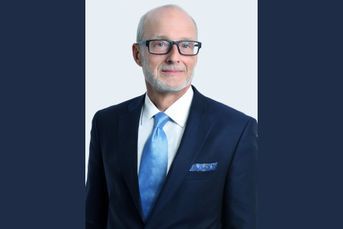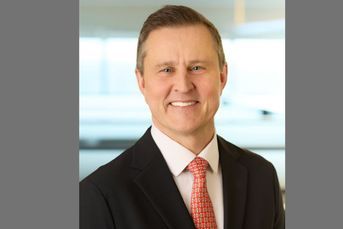American companies still lack retirement plans: AARP

Close to half of U.S. private-sector employees ages 18 to 64 work for a company that doesn't offer either a traditional pension or a retirement savings plan.
Despite years of progress, the glass remains half empty when it comes to workplace retirement plans.
Nearly 57 million people — 48% of U.S. private-sector employees ages 18 to 64 — work for an employer that doesn’t offer either a traditional pension or a retirement savings plan, according to a new study released by AARP.
“Having access to a retirement plan at work is critical for building financial security later in life. And we know people are much more likely to save for retirement if they can do so automatically through their paycheck,” Debra Whitman, executive vice president and chief public policy officer at AARP, said in a statement.
Josh Strange, founder and president of Good Life Financial Advisors of NOVA, said the data highlights the importance of looking outside retirement-focused vehicles for retirement planning.
“The main thing is not what vehicle you save in but the fact that you’re saving,” Strange said. “Working with an adviser can help people come up with a plan to prioritize saving on their own, which most people left to their own devices will not do.”
AARP’s research also found that the deficit of workplace retirement options is particularly acute at smaller businesses. According to the study, 78% of workers at companies with fewer than 10 employees and 65% at companies with 10 to 24 employees lack access to a plan. Moreover, the research revealed that even among employers with more than 1,000 workers, one-third of employees don’t have access to an employer-sponsored retirement plan.
Access to a retirement plan also varies by education level. Just over three-quarters of workers who don’t have a high school degree (76%) don’t have an employer-provided retirement plan, according to the study, compared to half (50%) of workers with some college and nearly one-third (32%) with a bachelor’s degree or higher.
Finally, the data unearthed disparities in terms of race and ethnicity. Nearly 64% of Hispanic workers, 53% of Black workers and 45% of Asian American workers lack access to an employer-provided retirement plan. Together, these employees account for about 46% (26 million) of the total 57 million uncovered workers.
“Small business owners have a lot to contend with, from keeping pace with the competition to hiring the right people, so sponsoring a retirement plan isn’t always a top priority,” said Brian Severin, executive vice president at Mutual of America. “Many of them aren’t fully aware that offering one can benefit both their business and their employees, without being cost-prohibitive. Providing education on the various plan options available can make a real difference. What’s more, plenty of recent studies show that offering a retirement plan can help attract and retain high-quality employees.”
Single-stock ETFs coming soon
Learn more about reprints and licensing for this article.








